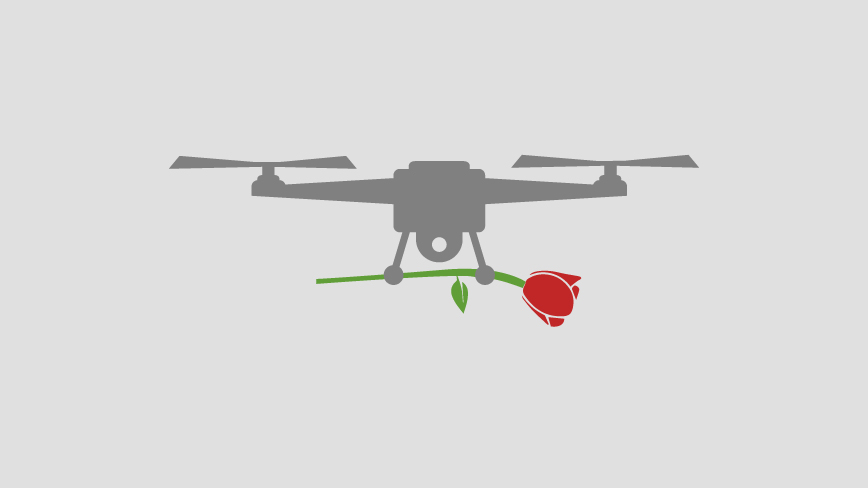Here are our recommended Valentine’s Day best practices for brand messaging based on the most commonly-used digital marketing channels.
Valentine’s Day is nearly here, and how appropriate considering that digital marketers are all trying to find new ways to develop personal connections with their audience. Unattached to any true religious significance (sorry, Saint Valentine, but it’s true), brands are able to have a little bit of fun and get creative. It’s also an easy way to add rich themes to short-duration campaigns that can resonate with the crowd.
The challenge for marketers is deciding how to best-fit their approach according to channel. Here are four recommended Valentine’s Day best practices:
1. Social Media
User Generated Content (UGC) is rapidly becoming a major tour-de-force in the online world for its capability to deliver major exposures over a short amount of time. The idea of participating in something everyone else seems to be doing is a major driver of campaign-based shares, especially if major influencers can be reached first. Suddenly, someone sees something fun and mildly personalized on one of their more-famous follower’s pages, and they want to say, “Me, too!”
Candy company and Sour Patch Kids maker Mondelez used this approach last Valentine’s Day to engage an unconventional group of active online teens: fan-fiction writers. Sour Patch Kids created candy-themed romantic stories with a twist. The winners had their story transformed into an animated digital film, which was promoted heavily on their social accounts.
2. SEO & SEM
Campaigns relying heavily on search queries should look to trending searches for advice on finding the perfect holiday gift, according to Small Business Trends. Using superlatives like “best,” “cheap,” “top,” or “great” in front of potential gifts like earrings, candy, flowers, cards or more can help capture more active searches while segmenting audiences looking within their preferred budget or needs. “Gifts for him” is also a more popular search by far than “gifts for her,” so using male-oriented gift ideas targeted to a female audience produces superb results.
Marketers should also take into account time frames when using SEO or SEM strategies in order to maintain the highest CTR rate as the holiday nears. Gifts that require planning like vacations usually have the most searches in the first two weeks of February. Gifts like jewelry, stuffed animals, candy and other mostly-non-perishables are searched most heavily in the week leading up to Valentine’s Day. Time-sensitive items like flowers or chocolate-covered strawberries receive peak searches between 24 hours before the holiday all the way up to 10 p.m. the day of. Be sure to note “same day delivery” or “next day delivery” in copy and meta descriptions for best results the closer the holiday nears.
3. E-Mail Marketing
Some amorous lovers are a bit too busy to remember making Valentine’s Day plans. Marketing messages with urgent subject lines like “Did you forget?” or “Valentine’s Day is almost here!” help jumpstart their demand for gift ideas or romantic gestures as they become panicked in the last days. Emails with the word “crush” and “romance” also saw significant increases in open rates at 205 percent and 155 percent, respectively.
Also, like with SEO and SEM, timing is key. Sending messages within the last 72-48 hours of Valentine’s Day can allow forgetful beaus to begin last-minute plans. Offering “same day delivery” of gifts like flowers, candies or cards also has appeal to people looking to pull off a miracle in the final hours.
4. Mobile
Microsites have been taking off as a new way to approach landing pages, and they are especially useful for time-limited events like holidays. Use dynamic graphics and flex creativity with interactive elements, and make sure to reiterate any calls to action found in other materials.
Whether it’s writing candy-flavored fanfic or creating exciting microsites, there are plenty of options digital marketers can explore this Valentine’s Day.

